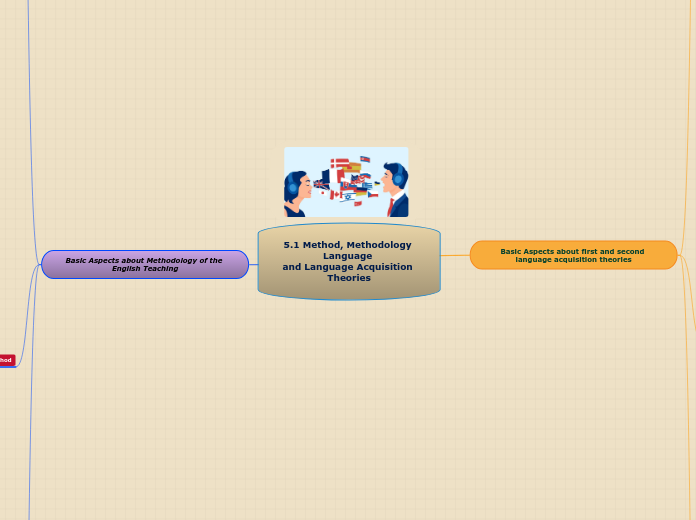5.1 Method, Methodology Language
and Language Acquisition Theories
Basic Aspects about first and second language acquisition theories
Definition of :
Language

Finocchiaro and Bonomo
language:
vowel symbols
allows :
communicate
interact
Webster (1961)
The language is:
systematic means.
ideas or feelings.
uses:
songs
sounds
gestures or marks.
Webster (1984)
The language is:
set of:
sounds
words
word combinations.
constitute a system of :
expression and communication
thoughts and feelings
history of traditions.
Learning

Stephen D.Krashen
Acquisition
two elements:
Acquisition
Helps acquire language.
obtained through:
reading comprehension
listening
meaningful exercises
Fluency
developed through:
communicative strategies
daily life
formulas
role-play situations
games
The learning.
two elements:
general rules
structure of target language
control device
change in behavior
result reinforced practice
acquiring knowledge
Process within human beings
Teaching

guides learning
sets for learning
teaching and acquiring.
systematic process
Theories of First Language Acquisition

Behavioristic Theories
Brown Douglas (1980)

linguistic behavior
perceptible aspects
Produces in behavior
responds to stimulus.
Skinner
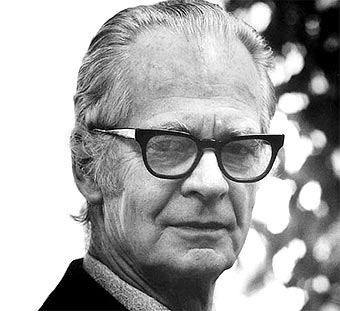
radical behaviorist
environmental causes
personality variables
reinforcement procedures
behavior of human beings
J. Jenkibs and D. Palermo
behaviorist trend
children syntactic patterns.
Stimulus-response patterns
Generative Theories
The Nativist Approach.
innate device
children born
acquisition of language
Two researchers are introduced:
Chomsky
best advocate of the approach:
1) innate hypothesis-creating
2) knowledge of language
3) instrument of evaluation
Mc. Neill
children possessed four linguistic elements:
1) recognize speech sounds
2) organize linguistic data
3) Comprehension to choose
4) Evaluation device
The Cognitive Approach
The human mind is organized in levels:
Memory
Perception
Thought
Meaning
Emotion.
Lois Bloom

It states that:
not learn simple statements
underlying relationships.
word order
Jean Piaget
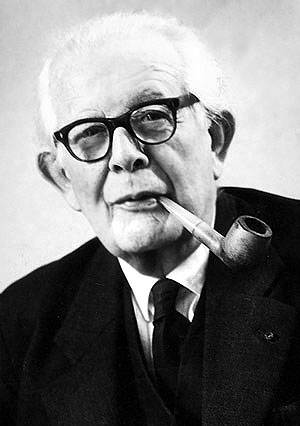
Language reaches children
through the interrelation
linguistic knowledge
daily activities
acquired in the environment.
Dan Slobin
meaning of words.
syntax of the language
two groups:
functions of language
language performance.
Theories of Second Language Acquisition
The Classical Behaviorisa Theory
Ivan Pavlov
Classical Conditioning
learning process occurs.
terms of associations.
stimulus with a response.
John B. Watson
Adopted Pavlov's Theory
conditioning process
The Neobehaviorism Theory
Skinner
Respondent Conditioning
result of a previous stimulus
has no stimulus
positive consequences
The Cognitive Learning Theory
David Ausubel
Discovery
cognitive structure
observation and recording
Frank Smith
manufacture of meaning
meaningful learning
Depends on:
goals
aspirations
motivations
human needs
The Humanistic Psychology Theory
Carl Rogers
effective operations
non-cognitive
investigates
the behavior
way of learning.
rules based on personal aspects:
learning
concept of what a person is
perception of the environment
ability to get used to the event.
basic requirements
To be a facilitator
worthly individuals
To get in touch with students
To Listen to them
Basic Aspects about Methodology of the English Teaching
Definition

Method
Greek roots
Meta: goal
Hodos: way
Points
Philosophic
assimiliation
theorical
practical
Scientific
theory
practice
knowledge
Educational
organizing
students' understanding
practical
way of teaching
Procedure
process
attaining
object

Methodology
Latin roots
Methodus: way
Logy: system
Three definitions
language
procedures
teaching
syllabus
excercises
effect
linguistic
skills
abilities
body
methods
rules
postulates
Method

Approach
Nature of language
establishing
teaching objectives
elaborating
teaching program
Nature of language learning
reasons
teaching procedure
teaching process
Three groups
Structural
language
arrangement
components
meaning
leaners' help
acquire
system
parts
language syntax
grammatical units
clause
phrase
sentence
grammatical operations
adding
shifting
joining elements
Functional
language
semantic field
means
significance
Interactional
language
device
relationships
among people
among human beings
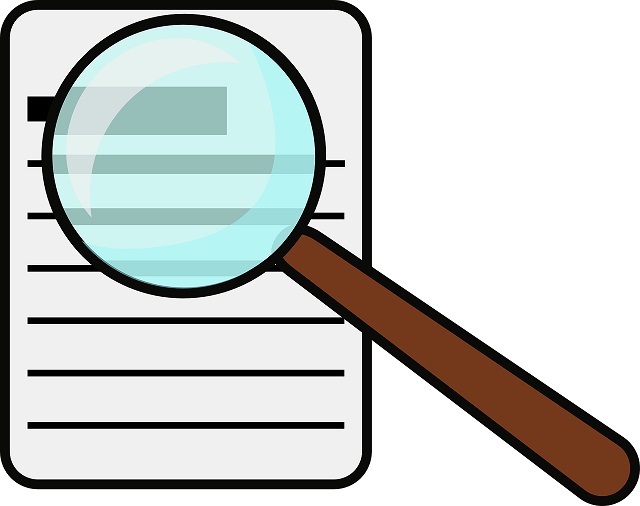
Design
sort
connection
theories
learning
Four elements
Syllabus
selection
subject
two concerns
subject
linguistic
two points
teaching approach
used
teaching process
language testing
used
appraoach
method
programm
progressive
grammatical
structures
starting
easy
ending
difficult
activities
tested
syllabus
Learners roles
important
carry out
process
value
system
philosophy
students
center
education
Teacher roles
take over
classroom
guider
acquire
target language
facilitators
learning
self-instruction
no teaching
non-native language
prepared
material
teaching
traditional
modern
Instructional materials
Useful
practice
speaking
writing
Shapes
recorder
T.V.
Relationship
foreign language
Class
run them
accomplish
objectives
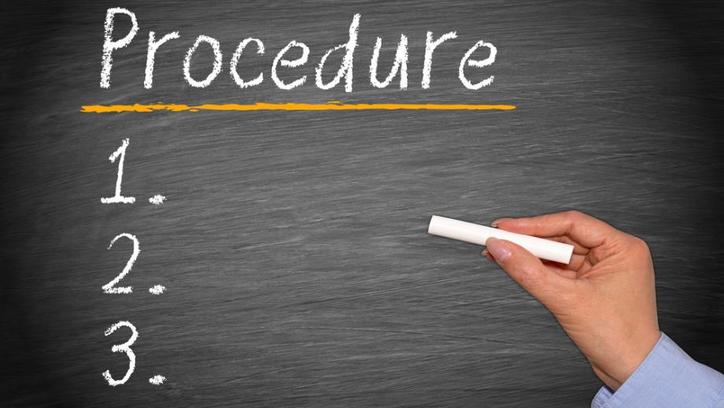
Procedure
emphasizes
techniques
teaching
learning
Three aspects
teaching/learning
introduce
topics
excercise
rehearsals
improve
understand
new subject
resources
elements
time
space
lenght
short
long
equipment

Conclusion
Method
explains
relationship
approach
knowledges
theories
design
describes
four elements
syllabus
learners
teachers
material
procedure
final step
background
theories
language learning
techniques
to achieve
purposes
processes

